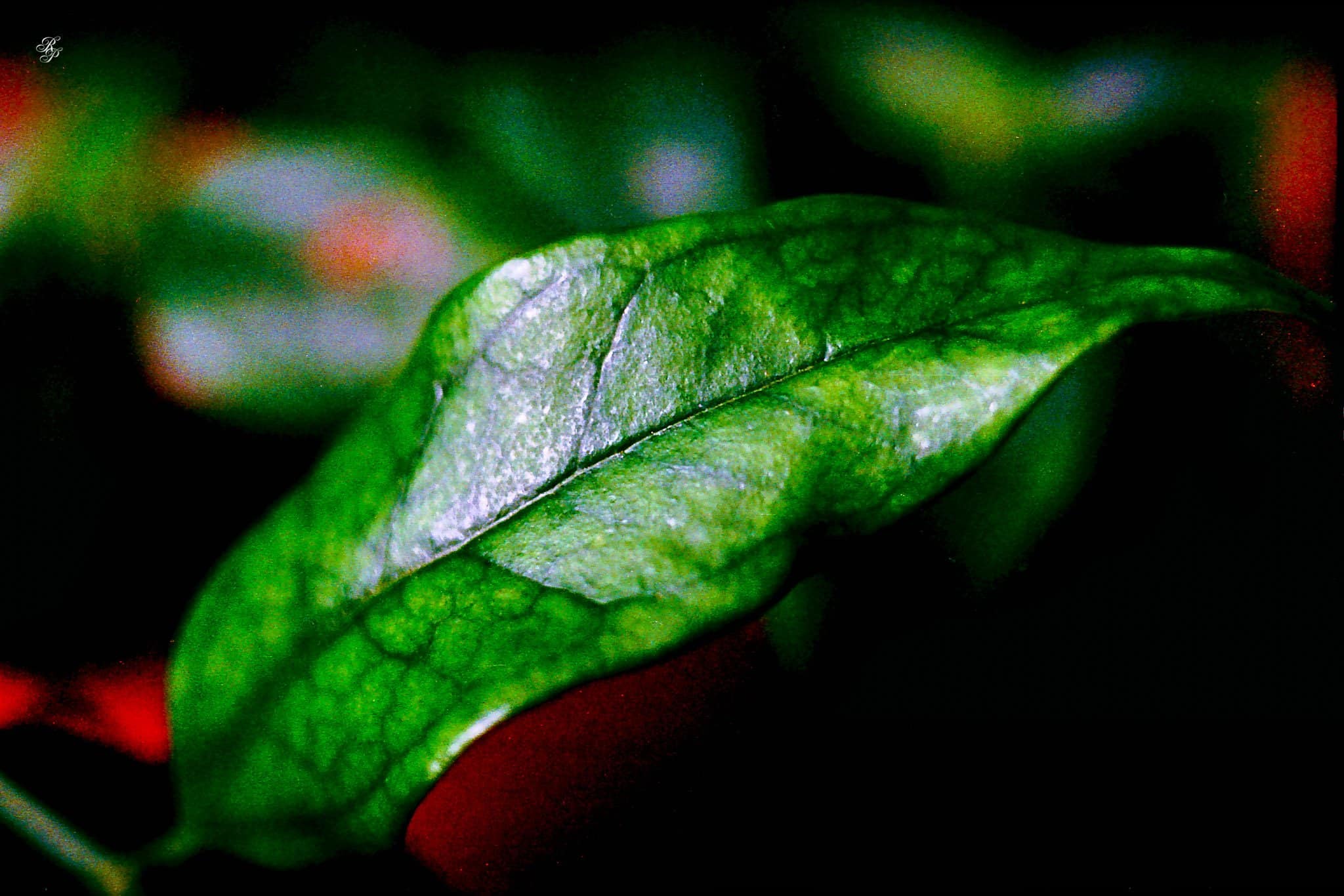Scientists, for long now, have been exploring how to generate plants that are more drought-resistant as the water supplies decline in major agricultural states. It is well known that leaf wax forms the boundary between plant leaf and atmosphere. The properties of the wax layer reflect physiological and biochemical adaptation and response to environmental stress, including drought.
Therefore, in the course of further investigation into plant wax traits including leaf n-alkane chain length, the scientists at the USC and Texas A&M University have stumbled upon evidence of how plants produce thick wax to protect themselves.
During tests with growing winter wheat, a type harvested for yeast-based breads and other such products, the team found that the cultivars in a high and dry area of Texas generated more protective wax on their leaves as a measure to protect themselves against more extreme conditions.
“Water conservation depends on innovation, and in this case, we are hoping to find one solution by identifying the traits in this important food crop that would enable the wheat plants to tolerate drought and still produce plenty for harvest,” said Feakins, a co-lead author of the study and an associate professor of earth sciences at the USC Dornsife College
of Letters, Arts and Sciences.In the study, the researchers grew test plots of winter wheat in two different areas of Texas: the high plains of Amarillo and a farming area known as Winter Garden, Uvalde. At each location, they grew 10 cultivars, or plant varieties, of winter wheat that received regular irrigation and another 10 cultivars that received 13 percent to 25 percent less irrigation. The team then compared the leaf wax of all the plots to gauge their drought tolerance.
The plot set to receive 25 percent less irrigation in Winter Garden ended up receiving 13 percent less because of greater-than-expected rainfall. But a similar plot grown with 25 percent less water in the most arid area, Amarillo, generated 50 percent more paraffin on its leaves than the other cultivars in all the other plots, which enabled the plants to tolerate their dry conditions.
The lower available water was tracked through carbon isotopes in the plant leaves and in the waxes themselves, tools that are used to reconstruct climates of the past from ancient waxes in sediments.
Feakins said the team will next consider which of their cultivated wheat crop offers the best resilience and are able to generate high yields with low irrigation or precipitation.



























